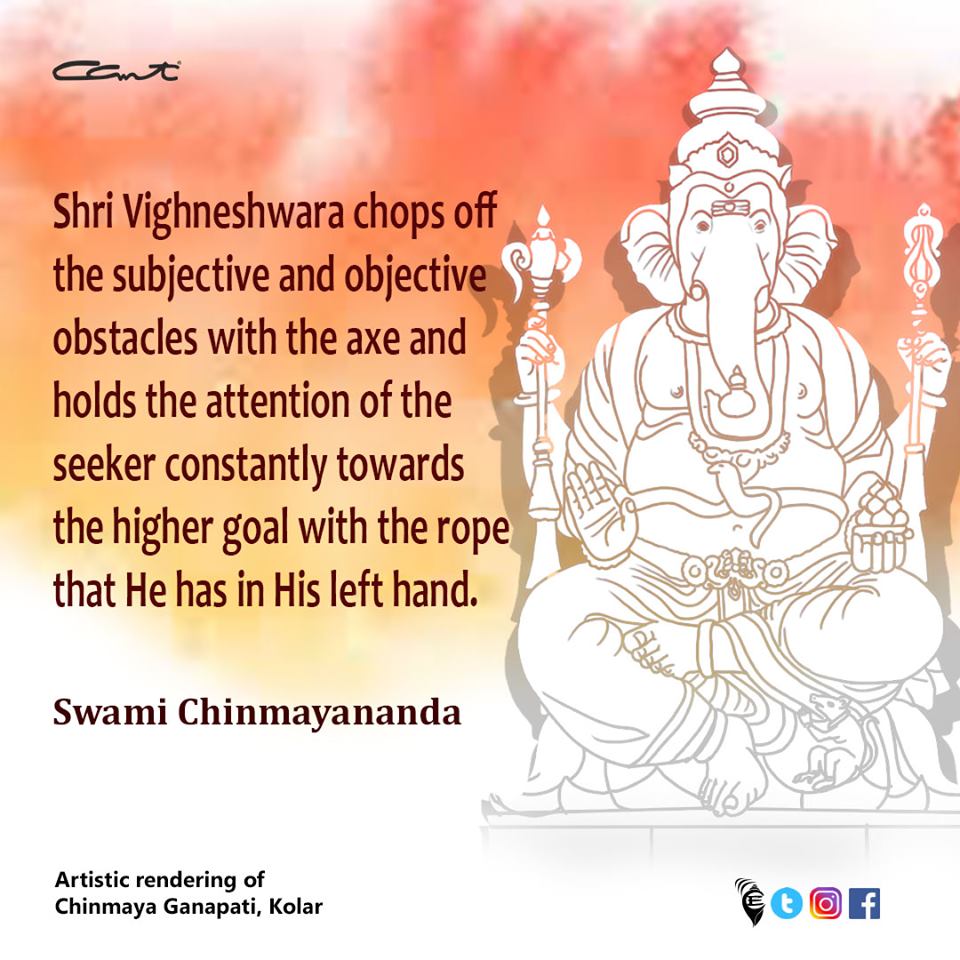The Essence of the Aitareya and Taittiriya Upanishads-Chapter 1 Introduction-3. Swami Krishnananda

======================================================================== ------------------------------------------------------------------------------------------------------------------------ 01/11/2019. Chapter-1 1. Introduction-3. ------------------------------------------------------------------------------------------------------------------------ An instinct is an intelligent seeking on our part for the purpose of the achievement of a goal. An instinct is not a blind and chaotic urge that arises in ourselves; it is a rational, purposive movement which is unintelligibly conducting itself towards a particular aim, and when we cannot understand the rational background of the instinct, we call it irrational. But if we can understand the purposive movement of the instinct, it becomes logical, and there would be then no distinction between these two. And why is it that we have an instinct for social life? Why do we wish to come together and form bodies, whether it is a rel...















